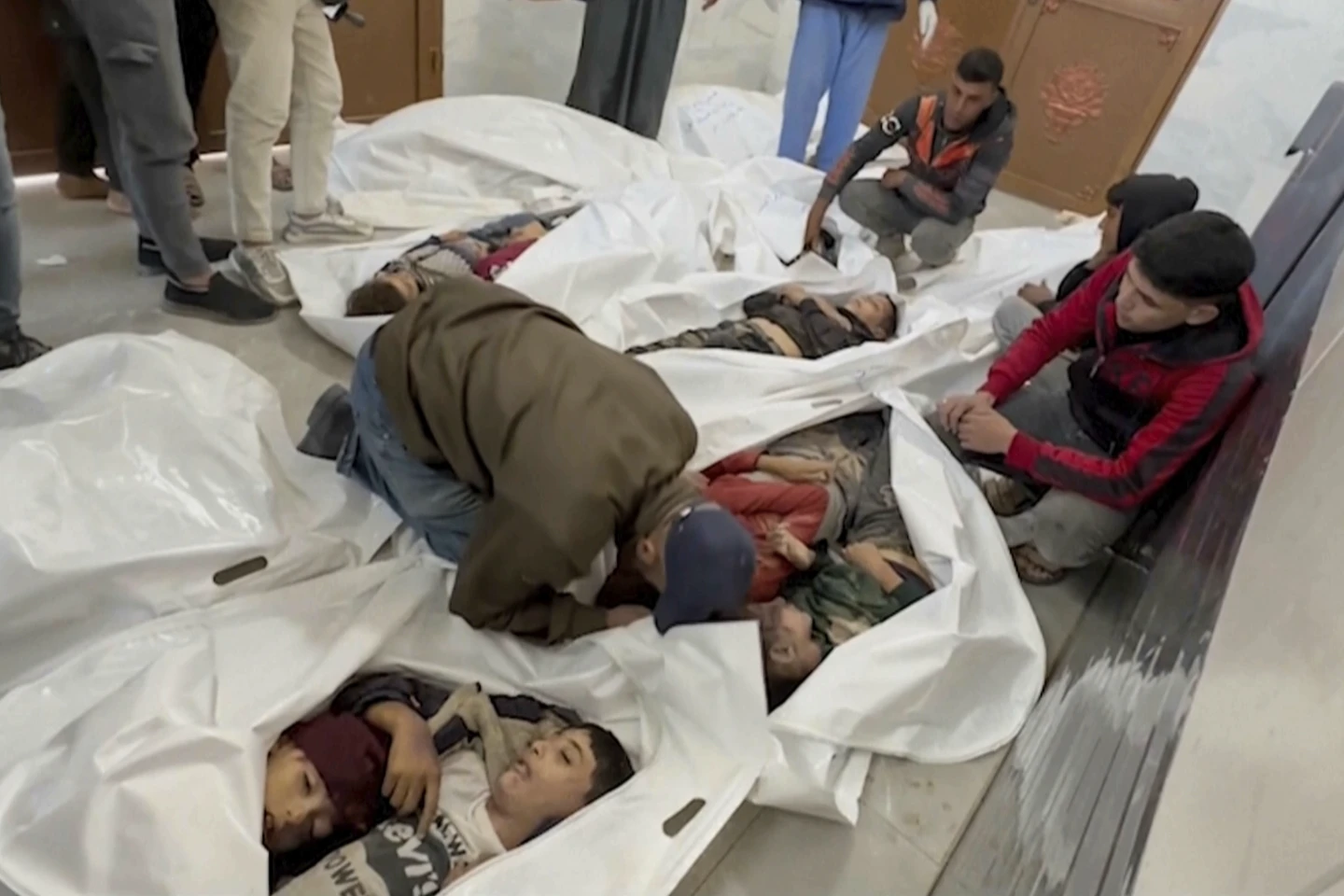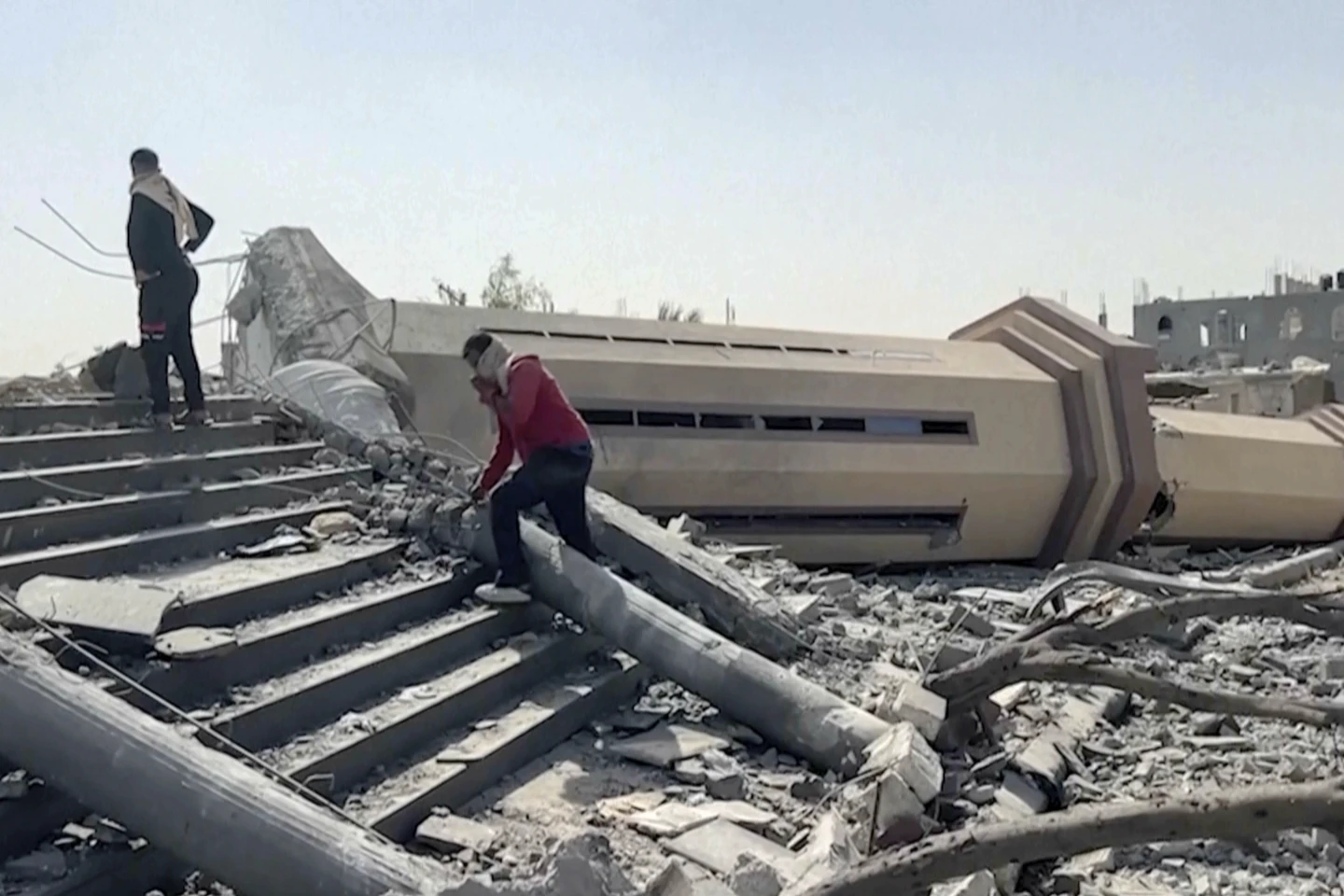In a historic escalation, Israel has launched a series of unprecedented airstrikes against Iran, marking the largest military action between the two nations to date. This response comes after a significant missile attack by the Islamic Republic on October 1, which targeted Israeli sites.
The Israeli military deployed 140 Air Force planes in a coordinated operation aimed at striking critical Iranian military infrastructure, including facilities associated with missile exports, drone production, and ballistic missile systems.
Reports suggest that key locations were hit during the assault, including the headquarters of the Iranian Revolutionary Guard Corps in Tehran. Eyewitness accounts and local media indicated that explosions were heard near the capital and in surrounding areas.
The Israel Defense Forces (IDF) characterized these airstrikes as a necessary act of self-defense, stating that they were responding to months of aggressive actions from Iran, which had included direct attacks from Iranian territory. This rhetoric emphasized Israel’s commitment to safeguarding its national security against perceived threats.

Israel Responds to Iranian Missile Attack with Historic Airstrikes Targeting Military Infrastructure
Prior to the strikes, U.S. officials, including President Biden and Vice President Harris, were briefed on Israel’s military plans, demonstrating a level of coordination between the two allies. However, U.S. defense officials clarified that the United States did not play any direct role in the operation.
The National Security Council reaffirmed Israel’s right to conduct targeted strikes in self-defense, reinforcing the notion that the airstrikes were a direct response to the Iranian missile barrage.
While Iranian media reported damage to military bases near Tehran, they also claimed that normal conditions prevailed in the capital, with no major disruptions noted at key infrastructure such as airports.
This narrative aimed to downplay the impact of the strikes, contrasting sharply with Israeli claims of significant damage to Iran’s military capabilities. The contrasting accounts highlight the ongoing information warfare between the two nations, each seeking to control the narrative surrounding the conflict.
Tensions have been further exacerbated by recent events, including the targeted killings of prominent leaders from Hezbollah and Hamas, which Iran cited as justifications for its earlier missile attacks on Israel. The recent exchanges underscore a complex and volatile regional dynamic where retaliatory actions have become commonplace.
Israel’s military posture, bolstered by U.S. support through systems like the THAAD missile defense, suggests a readiness for continued confrontations, illustrating the deep-rooted animosity and strategic calculations at play in the Middle East.











































